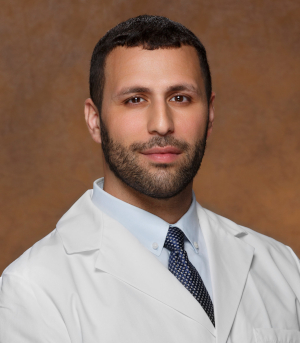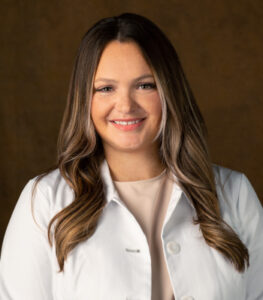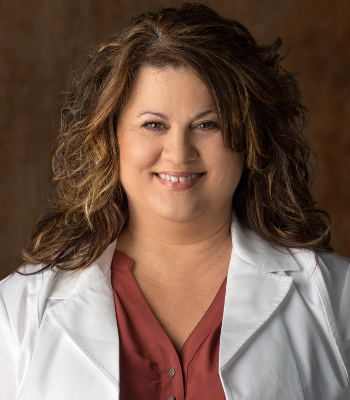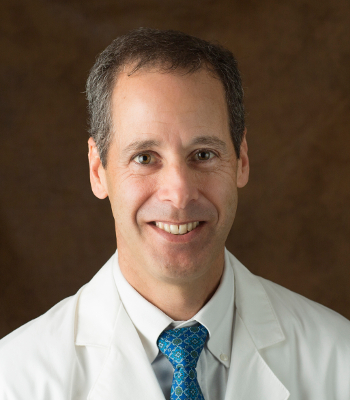Uterine Fibroid Embolization
Take a Fibroids Assessment or Book a Consultation with the Fibroid Team at VIP
Specialists in uterine fibroid treatment in Memphis, TN.
What is Uterine Fibroid Embolization?
Uterine Fibroid Embolization (UFE) is a new, minimally invasive procedure that helps shrink uterine fibroids without surgery. UFE is performed by interventional radiologists, who are board-certified, medically trained physicians who specialize in performing minimally invasive, targeted treatments. Using a tiny catheter, the interventional radiologist’s blocks the blood supply to the fibroids by placing the catheter into the artery through the groin. Using X-ray imaging, radiologists direct the tip of the catheter into the main artery supplying blood to the uterus. Small plastic particles, which are about the size of grains of sand, are placed in that artery, blocking blood flow to the fibroid. The fibroid shrinks or dies completely from lack of blood flow. UFE is performed while patients are conscious and sedated.
What are the Advantages of UFE?
Uterine Fibroid Embolization is considered to be very safe and is about 90 percent effective in relieving or eliminating the symptoms of uterine fibroids. The procedure has even been successful in treating women with multiple uterine fibroid tumors. Usually, patients only stay in the hospital for 24 hours, and most patients fully recover within 10 days. Most importantly as a hysterectomy alternative for many women, UFE leaves all reproductive organs intact and may preserve patients’ ability to have children.
Have there been any studies showing the success of UFE?
According to study findings presented at the 2006 annual scientific meeting of the Society of Interventional Radiology (SIR), uterine artery embolization (UAE) is an effective treatment for uterine fibroids that is safer than surgery and is also associated with shorter hospital stays. The British Journal of Obstetrics and Gynecology published the largest UFE study to date, which found the procedure had a high success rate, low symptom recurrence rate, and no regrowth of treated fibroids. Ninety-seven percent of the 400 women studies were pleased with the outcome and would recommend the treatment to others, and 84 percent showed an improvement in symptoms. The results are similar to and confirm the results of another study reported in Obstetrics and Gynecology. That study reported an improvement of symptoms in 90 percent of patients.


















